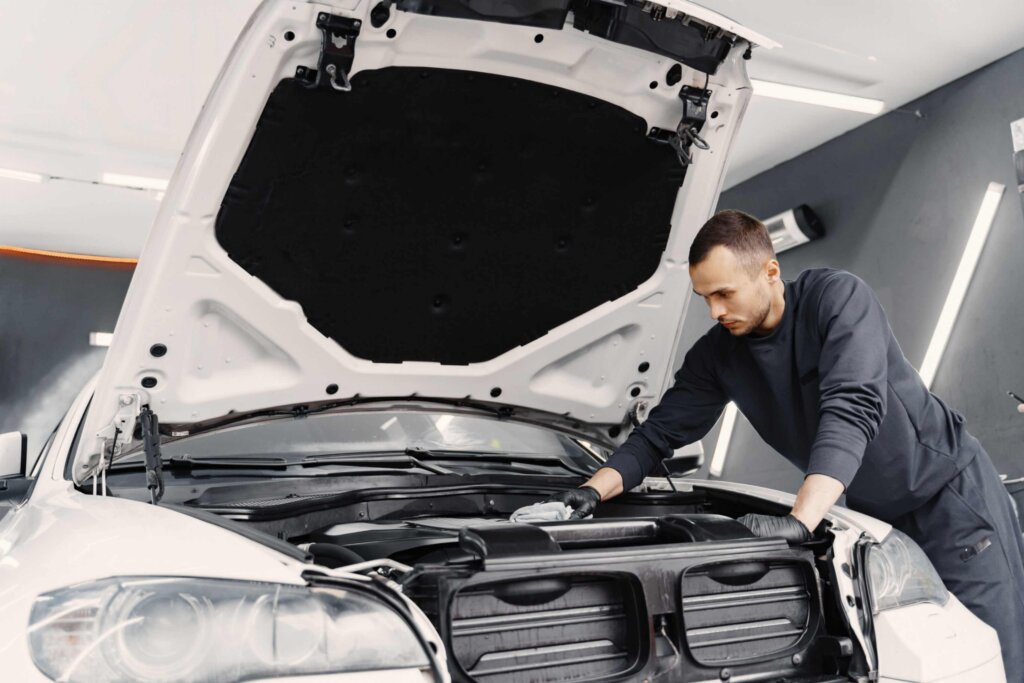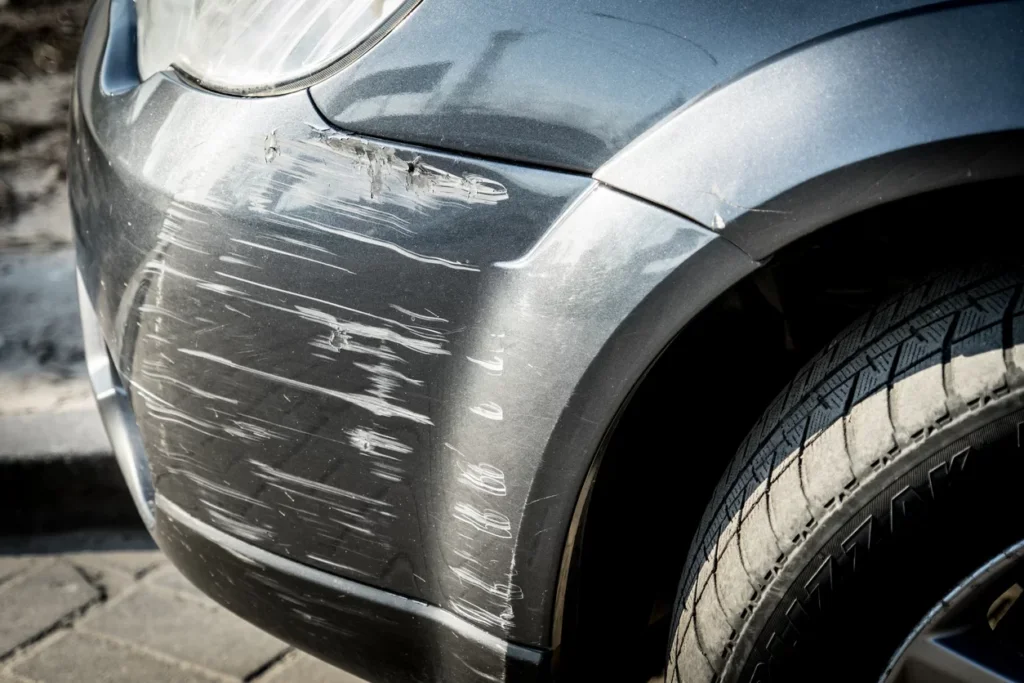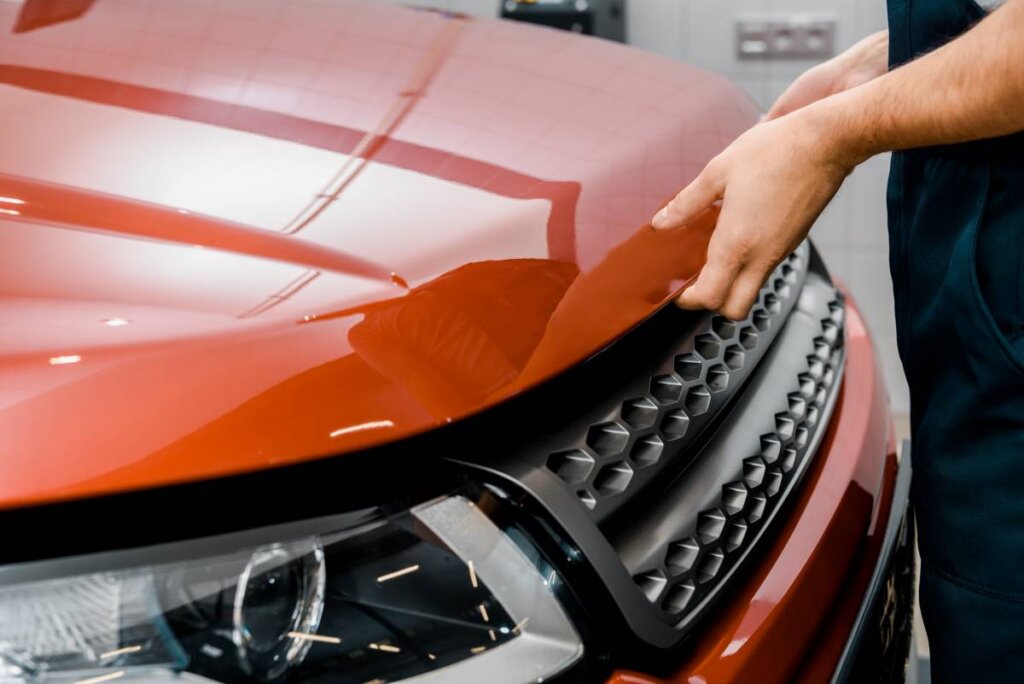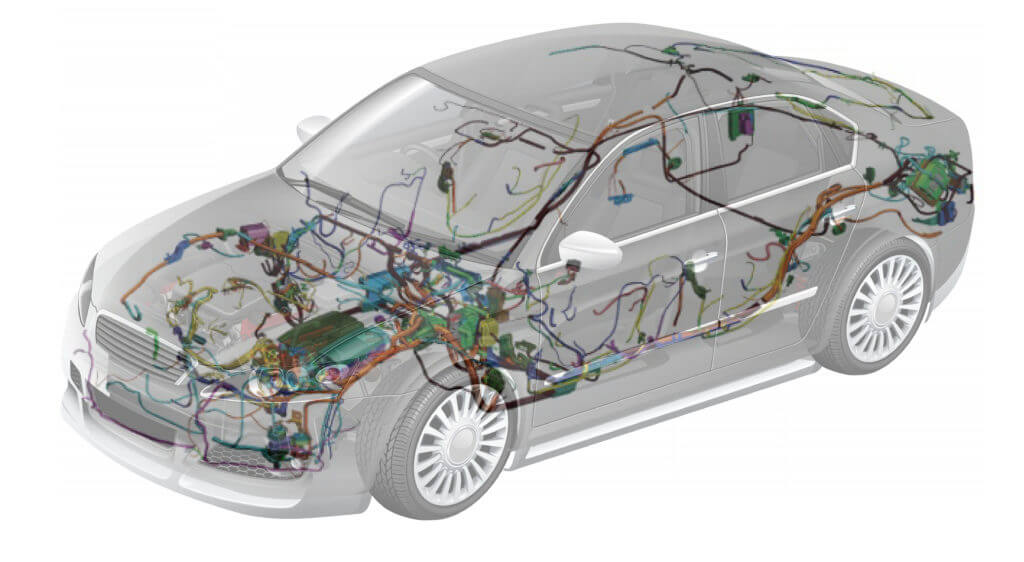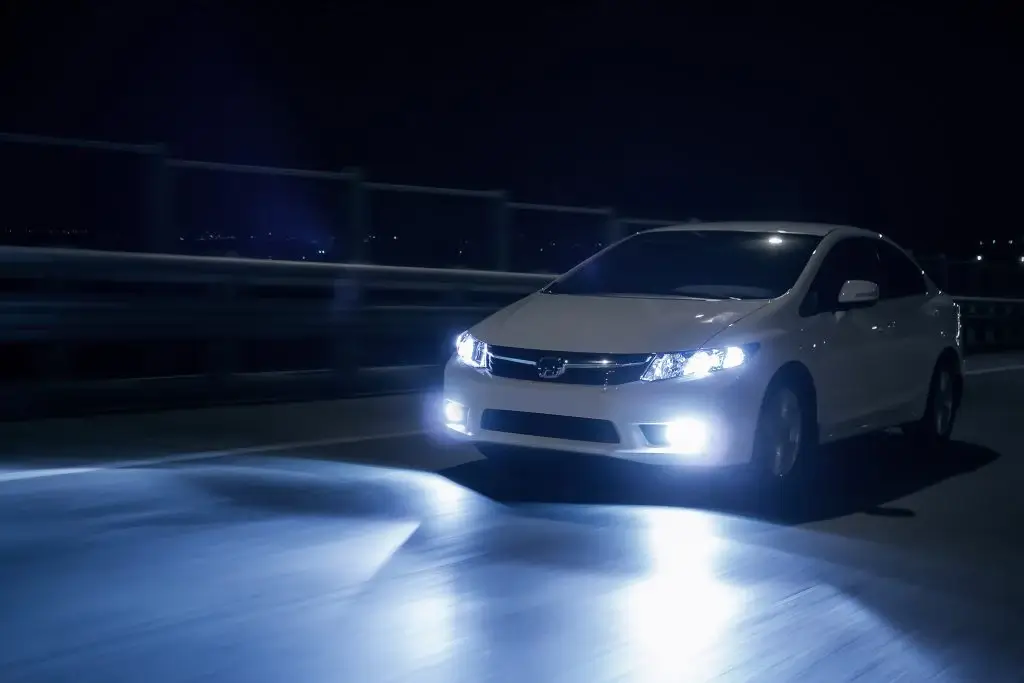Brake lines ultimately wear out and need replacement, just like all other elements of your car. Although the brake line replacement cost is quite high because it plays a significant role in the safety purpose of you as well as your car. The charges may vary depending on the model and year of the vehicle, and also, there are some additional labor charges. Since brake lines are a crucial component of your car, you should never put off replacement or repairs. The braking system on your car is a multi-functional and complex mechanism. When all those components are functioning properly, pressing the brake pedal will bring the car to a rapid stop. When you push the pedal, the fluid cannot flow if the brake lines are not present.
Let’s dive into the details and find out when to replace it and how much the replacement costs.
How Much Does Brake Line Replacement Cost?

As always, the make and model of your car will have a significant impact on the price of any auto repair, including replacing the brake lines. Which brake line needs replacement particularly will also affect how much the repair will cost. It will be less expensive to replace the rubber line from the brake caliper with the rigid metal brake lines below the car than it will be to replace the rigid lines that run the entire length of the automobile.
The average brake line replacement cost for a car is between $150 and $300. How much a brake line costs might be something you really need to know. Although the line itself might only cost you $50, there are a number of processes that will increase the labor cost.
All four of the current brake lines must be taken out and replaced with brand-new lines for a complete brake line replacement. Depending on the type and model of the car, replacing all brake lines can cost between $1000 and $2000.
Brake Line Replacement Process
- The new line must first be installed once the old line has been taken out.
- The next step for the mechanic is to bleed the entire braking system to get rid of any air that might have gotten into the lines during the replacement.
- It will take a few hours to complete the process.
- Brake line replacement will cost roughly $150 in labor because rates typically range from $75 to $100 per hour.
What is a Brake Line?
Flexible tubes are known as Brake lines that link the master cylinder, hard lines, and brake caliper (the ABS pump). They go by the name brake hoses as well. They are capable of bending to account for suspension travel or vibration isolation because they are strong yet elastic materials.
Working Application of Brake Lines
How does the system function? Basically, the master cylinder in your car houses the brake fluid storage. The system would then deliver these pressurized fluids to your brakes when you apply the brakes. The brake lines that transmit the fluids into your brakes enter the pressure at this point.
The brake pads migrate inward against the rotor once the fluid gets to the calipers. Your car slows down as a result of the friction when these brake pads make contact with the rotor.
In essence, brake lines transmission braking fluid into your brakes. Your brakes won’t function if your brake lines aren’t functioning properly since the fluid won’t get to them. It goes without saying that you will be in serious danger if this occurs.
Types of Brake Lines
There are two types of brake lines. At the time of replacement, you must wisely choose between Stainless Steel Brakes or Rubber Brakes.
- Rubber Brake Lines- Rubber brake lines are a typical feature on the majority of current cars. Around a fluid-resistant inner liner are many layers of rubber in these brake lines. It is a fantastic choice because of its flexibility, which enables the lines to pass through small places and around sharp curves. Rubber brake lines are also less expensive than steel brake lines, which can occasionally be a key factor.
- Stainless Steel Brake Lines- The inner hose of stainless-steel brake lines is encircled by woven steel strands. The stainless-steel lines make the brakes more responsive because they expand less than rubber lines when the pressure from the brake fluid builds up inside. Rubber brake lines are less resistant to road debris than stainless steel brake lines, which offer a higher level of protection. Although stainless steel brake lines are more expensive than rubber ones, they provide a number of advantages that should be taken into account when making your choice.
Common Symptoms of a Faulty Brake Line
If your vehicle’s showing the following symptoms, then it is time to replace the detrimental brake lines.
Brake Fluid Leakage
The inner line of the brake hose is under a lot of pressure from the braking. The fluid-resistant liner eventually deteriorates to the point that it can release a leak. As a result, less pressure and fluid are applied to the brakes. Moreover, a leak depletes the brake fluid reserves in your car, necessitating more frequent topping-off to make up for the fluid that was lost. Look for any indications of brake fluid leaks on the ground beneath your car, such as spots of red fluid or a fishy odor. Secondly, look for any obvious damage to the brake lines where the fluid is leaking.
Brake Fluid Light Illuminates
The amount of braking fluid that is still in the reservoir is monitored by your car’s electronics. If the reserves are dangerously low, it will illuminate the brake fluid warning light to alert you. A brake line leak is one of the most frequent causes of the warning signal.
The brake Pedal Sinks to the floor
Maintaining a comfortable height over the floorboard for the brake pedal is important. You can have a damaged brake line on your hands if the pedal falls all the way. When you experience this issue, you might need to stop driving your car because your brake line might be close to failing.
Slower Brake Response
The brakes may become less sensitive to the brake pedal if the brake hose is faulty. The brake lines may not be able to provide the brakes with enough pressure fluid if it takes a while for your car to stop when you press the brake pedal.
Moisture and Corrosion
Moisture may accumulate on the brake lines as a result of brake fluid leakage. After extended exposure to moisture, a steel brake hose may deteriorate, especially if road debris has damaged the anti-corrosion coating.
Spongy Brakes
When you press the brake pedal, does it feel like you are stepping on a sponge? The spongy sensation frequently happens by air bubbles enter the brake system via a leaky brake line.
Contact our experts for more details about Brake line replacement cost at Oem Used Car Part.
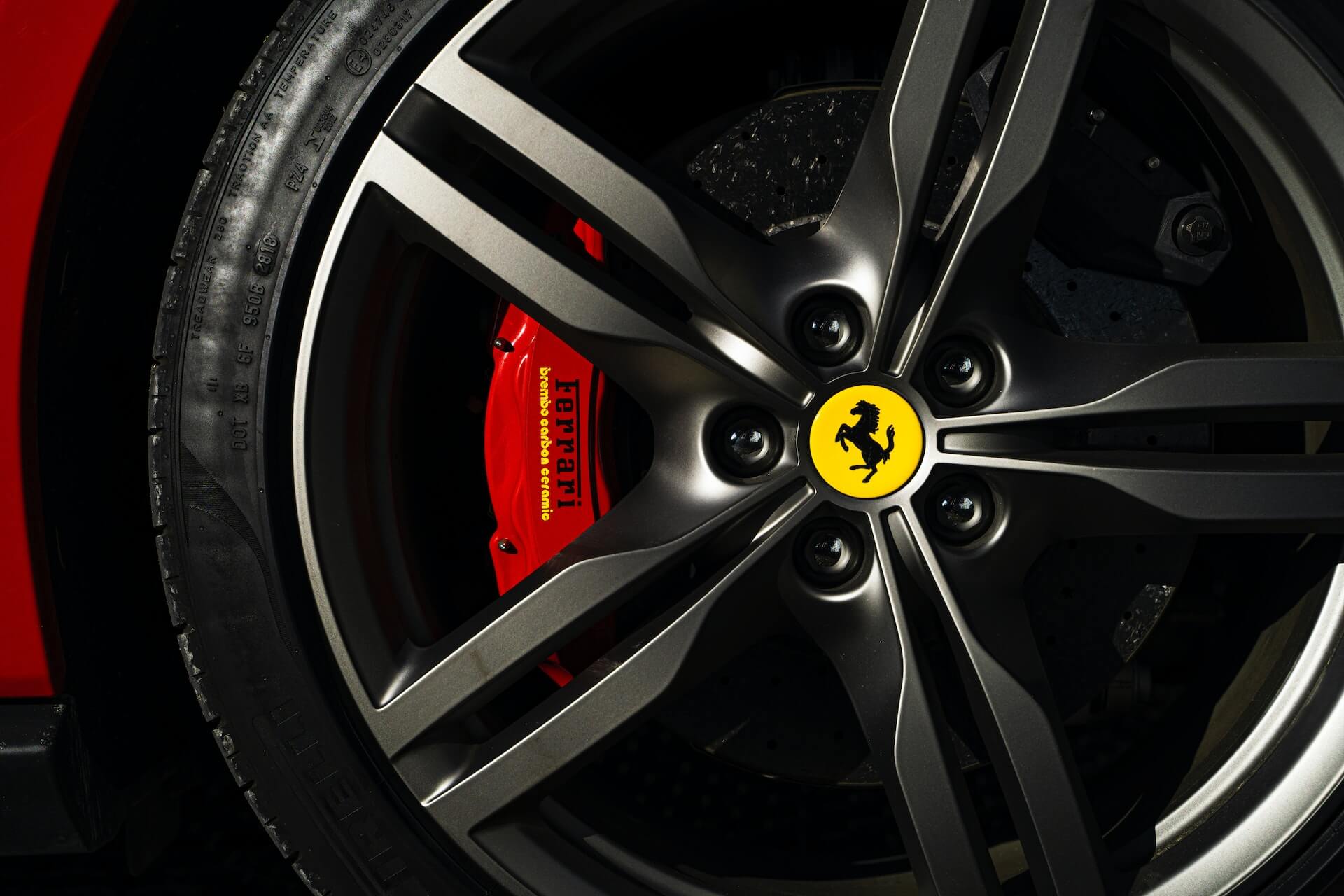
Contact our experts for more details about Brake line replacement cost at Oem Used Car Part.
Brake Line Replacement Cost– FAQs
➢Loss of braking power
➢Brake warning light
➢Vehicle pulling to one side
➢No pressure on the brake pedal when pressing it
➢Rusted brake line
➢Leaking Brake line
➢Bent Brake line
Brake hoses and lines typically have an extremely long lifespan. Your car’s lines should typically endure for at least 100,000 kilometers.
You can replace brake lines of your own after gathering all the tools and materials and preparing the workspace too. But it is better to go to a professional mechanic so that they can diagnose the fault properly and repair it with expertise.
It’s good news that brake fluid is reasonable in price. A 32oz bottle is available for as low as $5. For expensive cars, a brake fluid change will probably cost between $80 and as much as $200, including labor costs.


